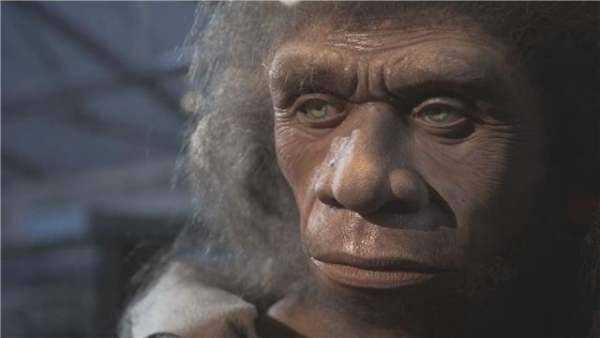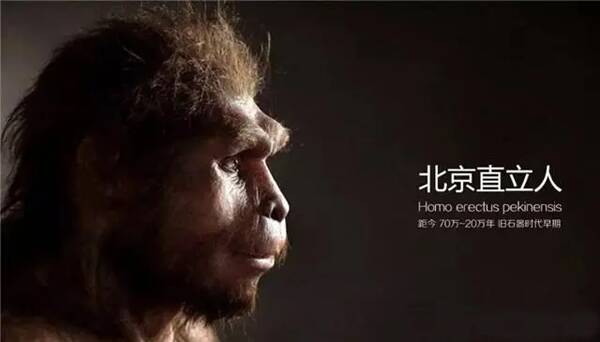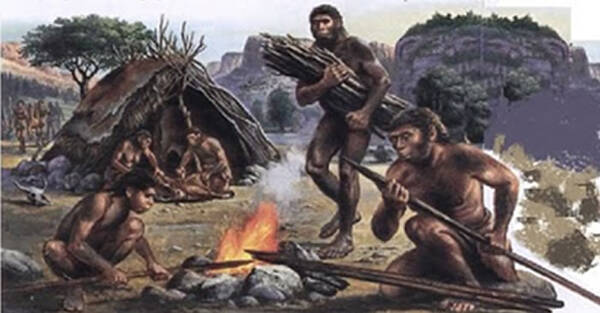Homo sapiens
IUCN
LCBasic Information
Scientific classification
- name:Homo sapiens
- Scientific Name:Homo sapiens,Human
- Outline:Primates
- Family:Hominidae
Vital signs
- length:140-170cm
- Weight:No verification information
- lifetime:No verification information
Feature
A general term for modern humans and their direct ancestors
Distribution and Habitat
Homo sapiens is the most widespread land-dwelling mammal species, inhabiting every continent on Earth (although there are no permanent settlements in Antarctica).
Homo sapiens can be found in a wide variety of habitats, mostly concentrated in urban centers, thanks to their ability to adapt and modify their habitat using technology.
Appearance
Homo sapiens can be distinguished from other living apes by a significantly enlarged brain, a relatively reduced hair covering on most of the body, and an array of bones and muscles adapted to habitual bipedal movements, including feet that have lost the ability to grasp. department structure. It is a terrestrial biped. Its swimming and diving abilities are limited and must be learned later. Exhibit strong variation in body size and proportions, as well as pigmentation, some of which may be related to the wide range of environments in which Homo sapiens lived. Exhibits moderate sexual dimorphism in body size.
Details
Homo sapiens (scientific name: Homo sapiens) is the only existing species under the genus Homo. Its morphological characteristics are more advanced than those of Homo erectus. It is divided into early Homo sapiens and late Homo sapiens.

Homo sapiens evolved from Homo erectus and has a larger brain capacity. Homo sapians and Homo sapiens belong to the same species. The development and complexity of the brain may have facilitated social life in groups, which is very conducive to cooperative acquisition of prey, gathering food and information, thus giving Homo sapiens an advantage in the competition for survival.
Homo sapians are opportunistic omnivores who have shown remarkable ingenuity in extracting, producing, processing and preserving food. Homo sapians are the only species that can control or use fire, and all known extant groups of Homo sapiens practice cooking. Regional differences in diet are influenced by availability in a particular environment, cultural traditions such as food preferences and avoidance, and genetic factors. Lactase persistence allows some Homo sapiens to consume milk and dairy products throughout their lives, which is a recent adaptive adjustment to dairy consumption that only works in Homo sapiens with a tradition of dairy farming.
Obvious religious rituals have been formed among Homo sapiens, and these rituals may be based on the concept of life and death. According to current research, animals probably do not have the concept of life and death. Homo sapiens began to dig graves for their dead and placed tools and clothes in the graves so that the dead could use them in the other world.

There are roughly two theories about how Homo erectus evolved into Homo sapiens. One is the multi-regional continuity theory, which believes that Homo erectus migrated from Africa to Eurasia, and then the Homo erectus in Europe, Asia and Africa evolved into Homo sapiens in various places. Because people from different places continued to hybridize during the evolution process, they still maintained the same gene pool and belonged to the same race; the other theory is the African origin theory, which believes that there were two major migrations in the process of human evolution, one was the migration of Homo erectus, and the other was the evolution of Homo erectus in Africa into Homo sapiens, and then migrated to Eurasia, which occurred about 100,000 years ago. Homo sapiens may have appeared between 1.5 million and 300,000 years ago. Neither of these two theories has a reliable basis, and the final solution to the problem of human origins still requires more work.
The Peking Man found near Zhoukoudian, Beijing, belongs to Homo erectus, and the Upper Cave Man belonging to Homo sapiens was found in the more recent strata above it. Some people once thought that Peking Man evolved into Upper Cave Man, but recent research seems to deny this opinion. Chinese Homo sapiens may have also migrated from Africa.
The Neanders found in the Neander Valley in Germany are relatively primitive Homo sapiens. They were widely distributed in Europe from 75,000 to 30,000 years ago. They were stout, strong, with large heads and larger brain capacity than modern people. The Cro-Magnons first discovered in France evolved from the Neanders. The Cro-Magnons once lived together with the Neanders. Later, the Neanders suddenly disappeared. Many scientists believe that they were wiped out by the Cro-Magnons. The Cro-Magnons were able to make a variety of complex tools and were good at catching wild animals for a living. They created many pictures of large mammals and showed them shooting wild animals. Cro-Magnons were widely distributed in Europe and came to North America via Asia as early as 20,000 years ago, but the evidence for this statement is not very conclusive.

Homo sapiens is capable of year-round reproduction. Dioecious, internal fertilization, live births, gestation averages 40 weeks. Usually one offspring is produced, although twins occasionally occur, but multiple births are rare. Interpartum intervals, birth weights, weaning times, independence, and sexual maturity all vary widely with the nutritional status of the mother and the young, and are influenced by cultural practices. Homo sapiens marriage has moved away from promiscuity and entered the stage of blood-based group marriage. This way of marriage has also formed the clan system. Engels once said: "The less developed labor is, the less the amount of labor products is, and thus the more limited the wealth of society is, the more the social system is dominated by blood relations." China's transformation from primitive people to clan society took about tens of thousands of years, and then tens of thousands of years later began to enter the matriarchal society. This may be because the population was sparse and there was a lack of labor at that time, and women played an important role in reproduction and were respected as the organizers of the clan.
The society of China's Shangdingdong people can roughly represent the initial clan society. At that time, people had a simple and irregular division of labor according to gender and age, and the products obtained from common labor were consumed together. Due to low productivity, they could only barely maintain their lives. No marriage within the clan, marriage must be carried out between different clans. This system of inter-clan marriage began earlier in China, and later developed into the creed of "no marriage between people with the same surname." Western Europe may have allowed inbreeding for a long period of time. China's Yangshao Culture and Majiayao Culture, dating back 6080 to 5600 years ago, both reflect the splendor of matriarchal society. Later, due to the important role played by men in production, the matriarchal society developed into a patriarchal society. The Longshan Culture, dating back about 4275 years, is the product of the patriarchal society.
Listed in the 2008 "Red List of Endangered Species" of the World Conservation Union (IUCN) ver 3.1 - Least Concern (LC).
Protect wild animals and eliminate game.
Maintaining ecological balance is everyone's responsibility!








